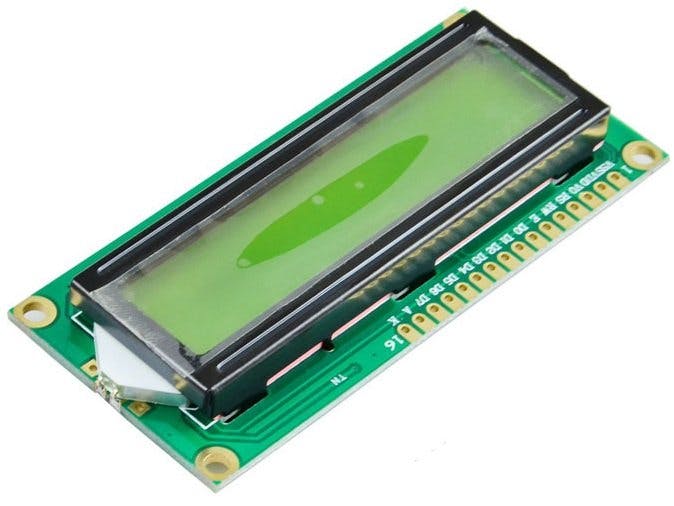A liquid-crystal display (LCD) is a flat-panel display or another electronically modulated optical device that uses the light-modulating properties of liquid crystals combined with polarizers. Liquid crystals do not emit light directly,instead of using a backlight or reflector to produce images in color or monochrome.LCDs are available to display arbitrary images (as in a general-purpose computer display) or fixed images with low information content, which can be displayed or hidden, such as preset words, digits, and seven-segment displays, as in a digital clock.
The backlight in liquid crystal display provides an even light source behind the screen. This light is polarized, meaning only half of the light shines through to the liquid crystal layer. The liquid crystals are made up of a part solid, part liquid substance that can be "twisted" by applying an electrical voltage to them. They block the polarized light when they are off, but reflect red, green, or blue light when activated.
Each LCD screen contains a matrix of pixels that display the image on the screen. Early LCDs had passive-matrix screens, which controlled individual pixels by sending a charge to their row and column. Modern LCDs typically use active-matrix technology, which contains thin-film transistors, or TFTs. These transistors include capacitors that enable individual pixels to "actively" retain their charge. Therefore, active-matrix LCDs are more efficient and appear more responsive than passive-matrix displays.
Advantages of an LCD’s:· LCD’s consumes less amount of power compared to CRT and LED
· LCD’s are consist of some microwatts for display in comparison to some mill watts for LED’s
· LCDs are of low cost
· Provides excellent contrast
· LCD’s are thinner and lighter when compared to cathode-ray tube and LED
In Arduino based embedded system design, the Liquid Crystal Display modules play a very important role. Hence it is very important to learn about how to interface LCD with an Arduino. Since the most commonly used 16x2 LCD Module we will be having a look at how to interface Arduino with this module.
The 16×2 liquid crystal display contains two horizontal lines and they are used for compressing the space of 16 display characters. An inbuilt, the LCD has two registers which are described below.
· Command Register
· Data Register
Command Register: This register is used to insert a special command in the LCD. The command is a special set of data and it is used to give the internal command to the liquid crystal display like clear screen, move to line 1 character 1, setting the curser and etc.
Data Register: The data registers are used to enter the line in the LCD
ConnectionsThe following diagram shows how to interface an LCD Module with an Arduino.
From the circuit diagram, we can observe that the RS pin of the LCD is connected to the pin 12 of the Arduino. The LCD of the R/W pin is connected to the ground. Pin 11 of the Arduino is connected to the enable signal pin of the LCD module. The LCD module & Arduino module are interfaced with the 4-bit mode in this project. Hence there are four input lines which are DB4 to DB7 of the LCD. This process very simple, it requires fewer connection cables, and also we can utilize the most potential of the LCD module. The straight forward connections are given below.
· LCD RS pin to digital pin 12
· LCD Enable pin to digital pin 11
· LCD D4 pin to digital pin 5
· LCD D5 pin to digital pin 4
· LCD D6 pin to digital pin 3
· LCD D7 pin to digital pin 2
The current through the back LED light is from the 560-ohm resistor. The external power jack is provided by the board to the Arduino. Using the PC through the USB port the Arduino can power. Some parts of the circuit can require the +5V power supply it is taken from the 5V source on the Arduino board.
I hope that by reading this article you have understood the basics of the LCD Display Module and how to interface it with the Arduino Module. Do check out Additional Information on LCD Display Module so that you can explore the world of applications and projects that are possible using the LCD Display Module.
This blog was written in reference to the the guides published by whatis.techtarget.com and elprocus.com








Comments
Please log in or sign up to comment.